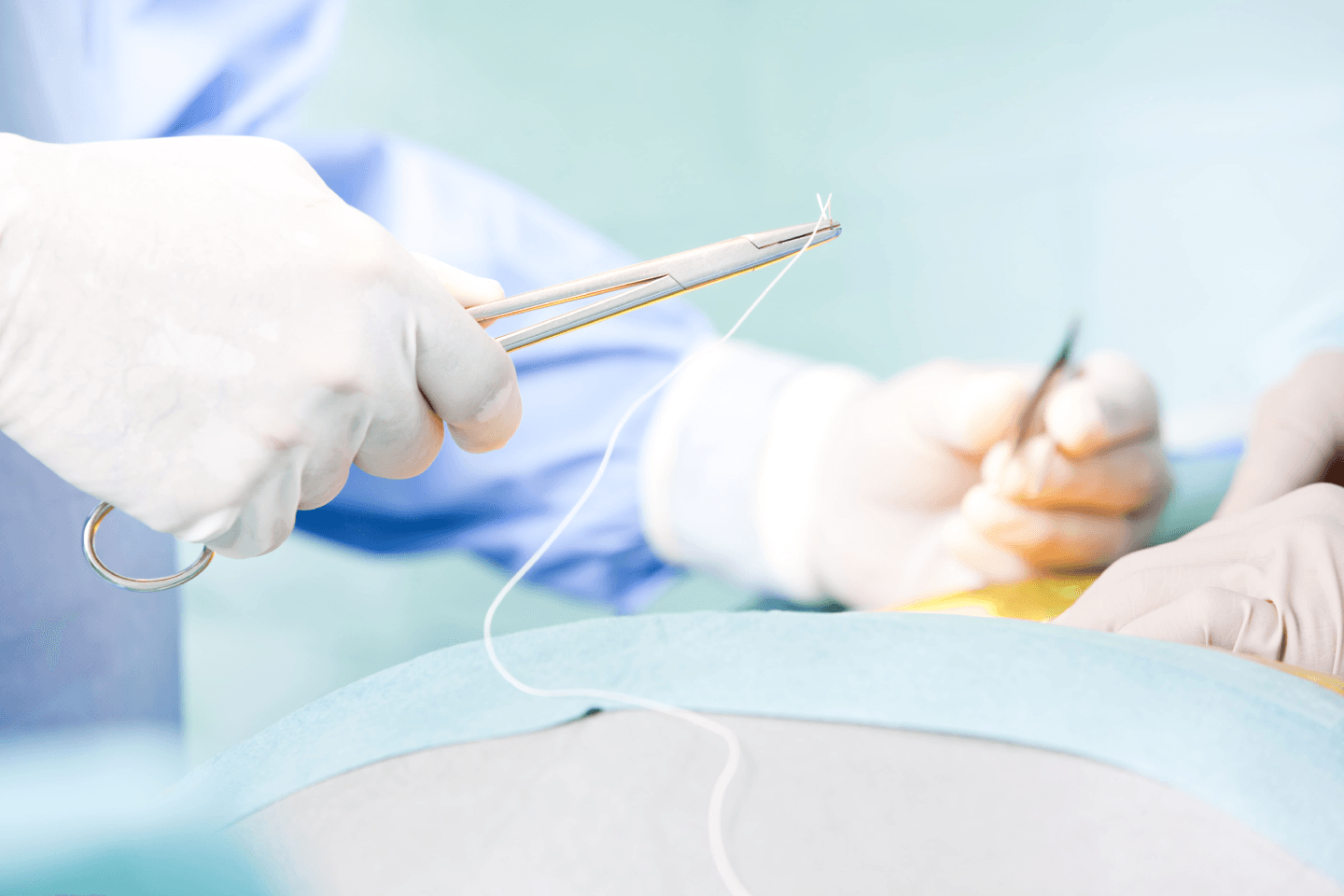
Open Reduction Internal Fixation
Introduction
Almost all of us know someone who has probably sustained a fracture at some point. It may, perhaps, even have happened to you. Fractures can be sustained from accidents while playing sports or even from a mishap such as falling down the stairs. Most minor fractures can be mended with a splint or cast. However, if the bone has broken to a more severe extent, the patient may require surgical treatment. The surgical procedure used is called open reduction internal fixation. Let’s understand what this surgery entails, how you can prepare for it, and examine post-surgery care tips.
Open reduction internal fixation (ORIF) surgery
An ORIF surgery is done when a patient’s bone has broken in multiple places and is in pieces. In such a situation, screws and plates will be used to hold the damaged bone together until it heals properly.
Several tests are conducted to determine if a patient requires an ORIF surgery. These include an X-ray, CT scan, and MRI. The patient may also need to undergo certain blood tests.
How to prepare for the procedure?
Before an open reduction internal fixation, you will need to discuss all current medication with your doctor. They will advise you if you need to stop any medicines in preparation for your surgery. Next, you must ensure that you have a friend or family member ready to drive you home on the day you get discharged. The doctor will also advise you not to consume food or liquid for a few hours before the surgery. Make a note of all their instructions and follow them well.
An overview of the procedure
The patient is given general anesthesia prior to the open reduction and internal fixation procedure. Once the anesthesia kicks in, the doctor will make a cut in the skin at the part that needs operating. The broken bone pieces will be shaped into their proper order and held together with a rod or screws. The incision is then closed with medical sutures; doctors may use absorbable sutures. The operated area will then be put into a cast for added support during healing.
Sometimes, the bones do not heal or set the way they should. In such cases, the patient might need to go for surgery again.
Care after surgery
The time that it takes to completely heal from an open reduction internal fixation can vary between patients. It can last anywhere between 3 months to an entire year.
Once you are discharged from the hospital, you will need to rest for proper healing. During this time, you will go for physical therapy and learn exercises that will ease movements in the affected area. Your doctor will give you some painkillers to help ease any discomfort.
You will also not be able to put any weight on the treated bone. Your physiotherapist will help you with exercises that will gradually help you put the right amount of weight on the affected area. In the meanwhile, you will have to either use a wheelchair or crutches to move around.
During this time, you must keep an eye out for any symptoms that might indicate that you are not healing well. For instance, you must call your doctor if you notice any swelling, redness, burning, bleeding, or numbness in the treated area.
Possible complications
Modern technology has made most surgical procedures smooth and with minimum risk. However, there is always the possibility of complications arising. An ORIF surgery may be followed by complications such as nerve damage, bleeding, blood clots, bacterial infection, and a bad reaction to anesthesia. Some patients also face the risk of tendonitis or arthritis. People living with diabetes and rheumatoid arthritis can possibly face a higher risk of complications from surgery. Your doctor will discuss all possible outcomes and advise you on what can be done.
MITSU AB™ Polyglactin 910 Triclosan coated Antibacterial sutures from Meril
Bacterial infection at the surgical site can sometimes occur in surgical procedures involving the use of implants. Health practitioners can avoid this condition with the use of antibacterial sutures.
The MITSU AB™ from Meril is an antibacterial suture made of Polyglactin 910 and coated with the purest form of Triclosan. Being a synthetic absorbable suture, Mitsu AB™ degrades through hydrolysis and gives predictable and reliable absorption. Mitsu AB’s high needle-thread integrity ensures consistent performance with effortless penetration during the procedure. These sutures also have excellent knot security, and their pliable material offers easy handling during surgery.
Meril is a global medical device company based in India. Since its inception in 2006, Meril has been designing and distributing best-in-class medical devices that offer real value to patients and medical professionals. The company strives to use the latest in medical technology to promote wellness and better health.
Conclusion
Accidents often can’t be prevented. However, proper and timely medical assistance can truly help you heal well. Suffering from a broken bone can be quite painful, and the inability to move independently without help can be frustrating. During this time, don’t hesitate to reach out for all the help and support that you need. With proper rest, you give your body the space and time it needs to heal for a full-fledged recovery from an open reduction and internal fixation surgery.



